For home cooks and cilantro lovers alike, few things are more frustrating than watching a vibrant bunch of herbs wilt into a slimy mess within days of purchase. The delicate nature of cilantro (also known as coriander leaves) has long challenged kitchen enthusiasts seeking to extend its shelf life. However, a simple method gaining traction among food preservation circles claims to keep cilantro fresh for up to a month – the humble "paper towel root wrap" technique.
The Great Cilantro Conundrum
Cilantro's tendency to spoil quickly stems from its high water content and delicate leaf structure. Traditional storage methods often fail because moisture accumulates around the leaves, creating an ideal environment for bacterial growth. Refrigerating cilantro in its original plastic wrap or standing it in water like flowers might buy an extra day or two, but neither solution addresses the fundamental issue of moisture regulation at the root level.
Enter the Paper Towel Method
This surprisingly effective technique begins with selecting the freshest cilantro available. Look for bunches with crisp, bright green leaves and firm stems. Upon bringing the herbs home, resist the urge to wash them immediately – excess moisture at this stage can accelerate spoilage. Instead, gently shake off any loose soil and inspect for yellowing leaves or slimy spots that could spread to healthy stems.
The magic happens at the root end. After trimming about half an inch from the bottom of the stems, take a slightly damp (not wet) paper towel and wrap it snugly around the base. The towel should cover approximately two inches of the stem ends. This creates a microenvironment that maintains ideal humidity – enough to prevent dehydration but insufficient to promote rot.
Packaging for Preservation
Next, place the wrapped cilantro in a loosely sealed plastic bag or container. The container shouldn't be airtight – cilantro needs minimal airflow to prevent ethylene gas buildup. Store the package in the refrigerator's crisper drawer, where temperatures remain consistently cool but don't dip low enough to cause freezing damage.
What makes this method particularly clever is its mimicry of commercial herb packaging. Professional growers and distributors often use specialized moisture-regulating materials to transport delicate herbs. The paper towel serves as a household approximation of these materials, absorbing excess moisture while releasing just enough to keep stems hydrated.
The Science Behind the Savings
Botanically speaking, cilantro stems continue to respire after harvesting. This natural process consumes stored carbohydrates and releases moisture. By controlling humidity at the cut stem ends – where moisture loss and microbial entry typically begin – the paper towel method effectively slows down both dehydration and decay processes.
Food scientists note that the critical factor in herb preservation lies in managing the water activity (aw) at the plant tissue level. Too high, and bacteria thrive; too low, and the plant desiccates. The paper towel's cellulose fibers create a buffer zone that maintains this balance far better than either dry storage or submersion in water.
Real-World Testing Results
In comparative kitchen tests, cilantro stored with the paper towel method remained usable for salads and garnishes at the three-week mark, while control samples stored conventionally showed significant deterioration within five to seven days. Even at four weeks, the paper towel-protected cilantro maintained enough integrity for cooking purposes, though some leaf loss occurred.
Professional chefs who've adopted this technique report noticeable reductions in food waste. "We go through about 20 bunches of cilantro weekly," shares Marco Fernandez, head chef at a Mexican-fusion restaurant. "Since switching to the root-wrap method for our backup stock, our herb waste has dropped by at least 60 percent."
Beyond Cilantro: Other Herb Applications
While particularly effective for cilantro, this preservation strategy shows promise for other delicate herbs with similar moisture sensitivity. Parsley, dill, and mint have all responded well to variations of the technique. Woody herbs like rosemary and thyme require less moisture protection and typically fare better with dry storage.
The paper towel method does have limitations. Herbs purchased already past their prime won't experience miraculous revival. The technique works best when applied immediately after purchase to fresh, high-quality cilantro. Additionally, the refrigerator's environment plays a crucial role – herbs stored near ethylene-producing fruits like apples may still deteriorate faster regardless of wrapping method.
A Sustainable Kitchen Solution
In an era of increasing food cost awareness and sustainability concerns, simple preservation techniques offer both economic and environmental benefits. The average household throws away nearly 30% of purchased herbs, representing significant wasted resources from farm to table. Methods like the paper towel wrap require no special equipment or expensive gadgets – just basic materials already found in most kitchens.
As word spreads through cooking forums and chef networks, this unassuming technique continues to gain converts. While nothing beats freshly picked cilantro from the garden, for urban dwellers reliant on grocery store herbs, the paper towel method might be the next best thing to having a constant fresh supply.
The next time you bring home that fragrant bunch of cilantro, take two extra minutes to wrap its roots. Your future self – and possibly your wallet – will thank you when you're still adding fresh cilantro to dishes weeks later while others mourn another spoiled herb purchase.
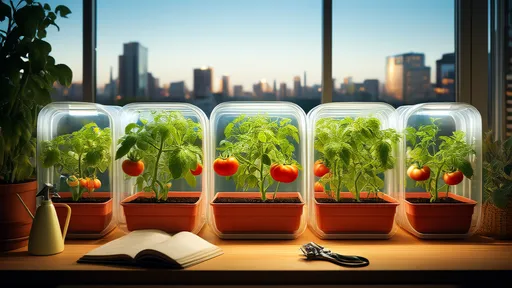
By /Aug 1, 2025
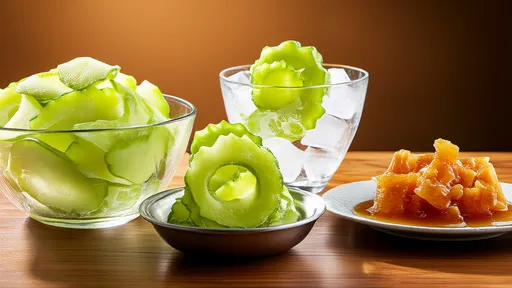
By /Aug 1, 2025
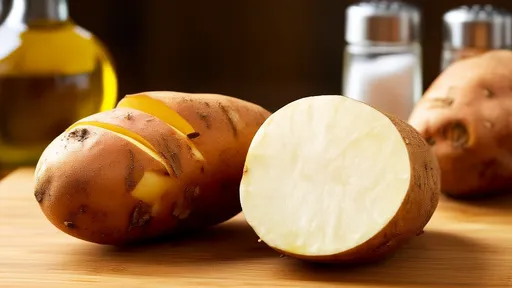
By /Aug 1, 2025
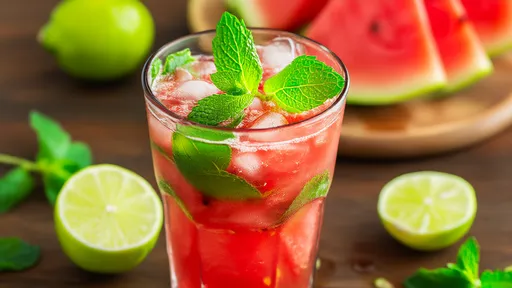
By /Aug 1, 2025
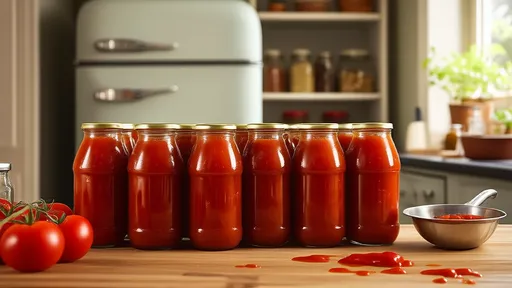
By /Aug 1, 2025
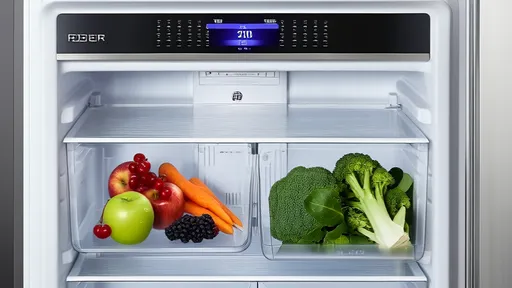
By /Aug 1, 2025
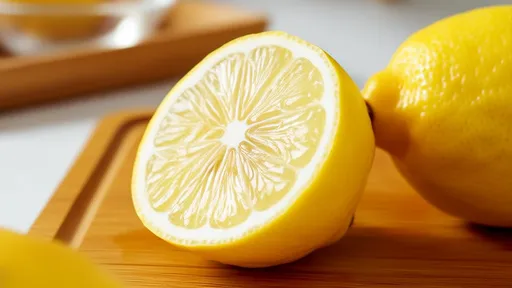
By /Aug 1, 2025
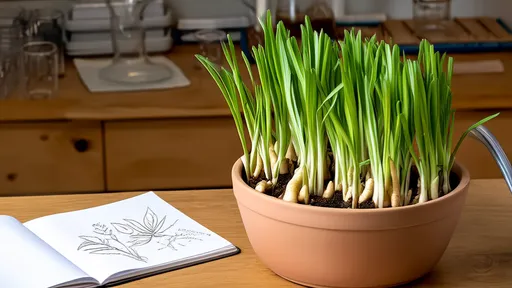
By /Aug 1, 2025
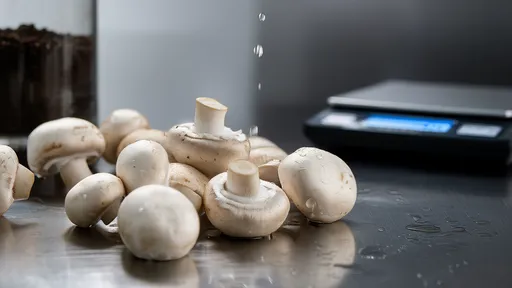
By /Aug 1, 2025
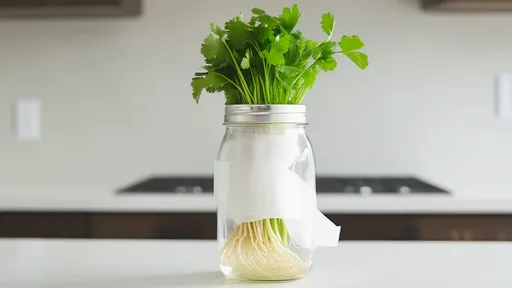
By /Aug 1, 2025
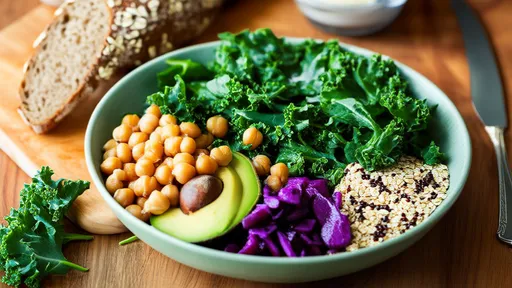
By /Aug 1, 2025
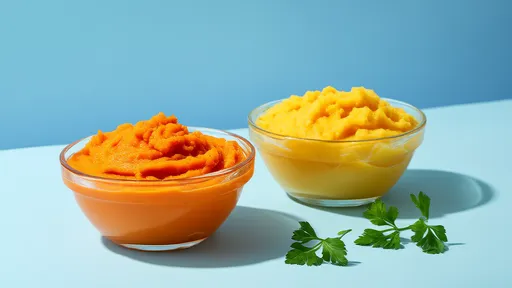
By /Aug 1, 2025
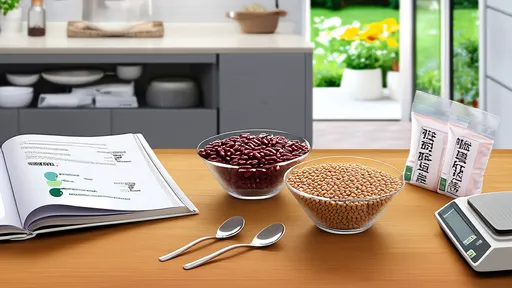
By /Aug 1, 2025
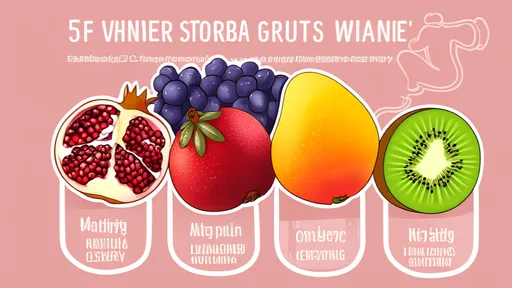
By /Aug 1, 2025
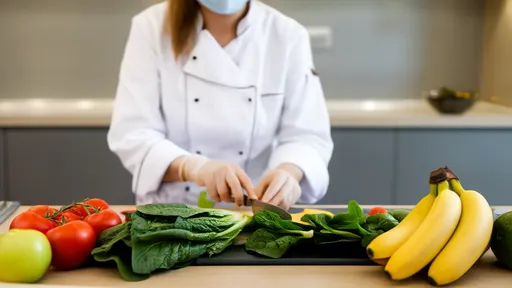
By /Aug 1, 2025

By /Aug 1, 2025
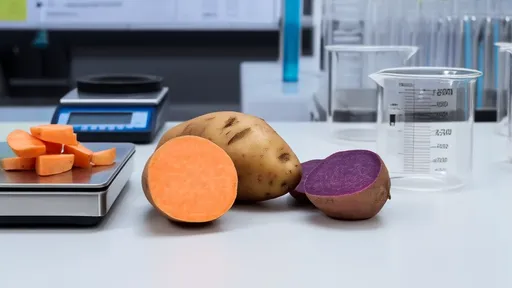
By /Aug 1, 2025
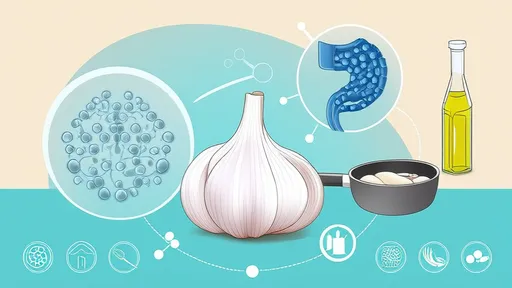
By /Aug 1, 2025